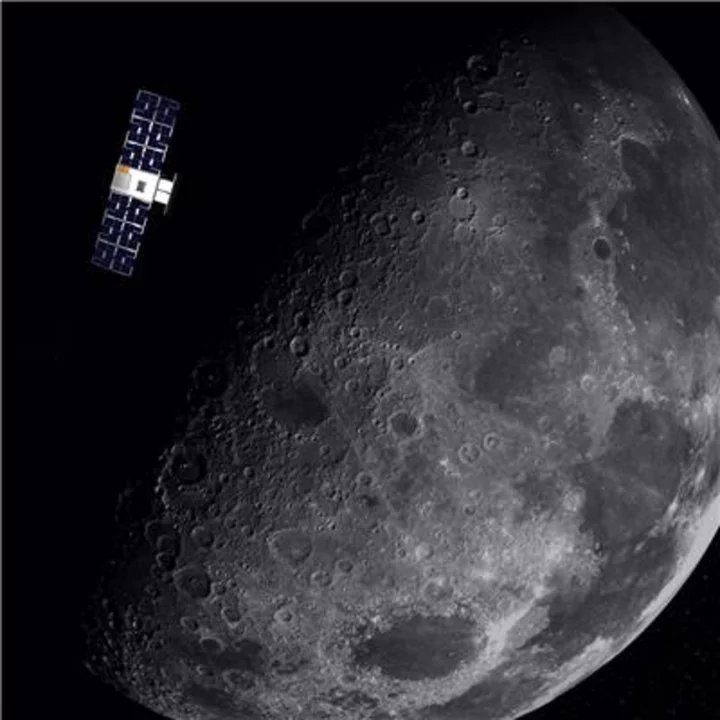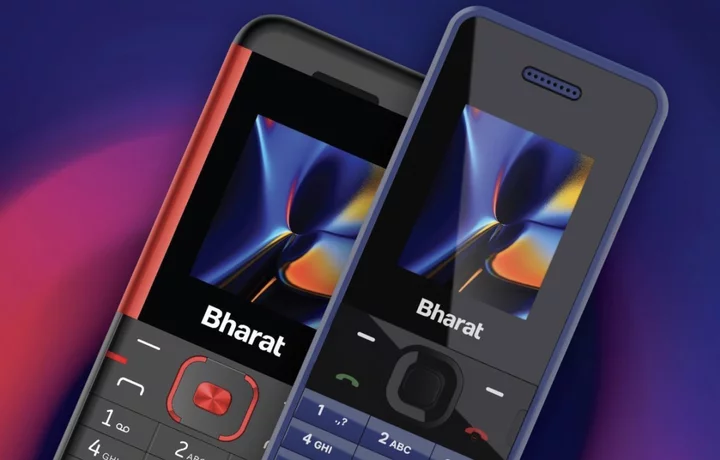
The Reason Why No Photography is Allowed in the Sistine Chapel
Visitors to the chapel will find their experience peppered with terse shouts of “No photo! No video!” from security guards.
2023-06-03 03:49

MrBeast: Exploring why content king's record-breaking '7 Days Stranded At Sea' video was removed from YouTube
MrBeast's '7 Days Stranded At Sea' broke YouTube's record by garnering the most views in the first 24 hours as a non-music video
2023-08-19 18:29

'Cooking up some hair loss': 'Shark Tank' fans throw shade at Kevin O'Leary as he shares vintage photo
Kevin O'Leary trolled as he asks 'What am I cooking?' while sharing vintage Mr Wonderful picture
2023-05-27 11:59

Is Olivia Dunne friends with Angel Reese? Inside gymnast and basketball star's successful journeys as influencers
After seeing gymnast Olivia Dunne and basketball player Angel Reese interacting, fans believe they are close friends in real life but are they?
2023-06-13 18:46

Baidu Sales Beat Estimates in Good Sign for Internet Economy
Baidu Inc.’s revenue rose its most in more than a year, joining China’s largest internet companies in rediscovering
2023-08-22 18:19

Huge rallies boost Tupperware, Yellow shares into 'meme stock' club
By Medha Singh and Chibuike Oguh (Reuters) -Shares of Tupperware Brands Corp, Yellow Corp and other U.S. companies have soared
2023-08-02 03:59

France's Macron wants to boost AI, calls for rules that don't impede tech growth
French President Emmanuel Macron is calling for boosting the development of artificial intelligence in Europe
2023-06-15 02:17

Hackers Steal Data on Millions of Oregon, Louisiana Driver's License Holders
The personal details of millions of Oregon and Louisiana residents have been exposed after a
2023-06-17 02:59

Apple Is Working on a Revamped iPad Pro
Apple is reportedly working on a brand new version of the iPad Pro, but you’re
2023-08-28 07:58

Drone Startup Shield AI Valued at $2.5 Billion in New Funding Round
Shield AI, a startup that makes autonomous drone technology for military applications, is raising $150 million from investors,
2023-09-14 09:24

Vertech Partners With CESMII To Expand Their Strategic Focus on Smart Manufacturing
LOS ANGELES--(BUSINESS WIRE)--May 22, 2023--
2023-05-23 00:21

Brandon Fugal Joins OmniTeq Board of Directors
SALT LAKE CITY--(BUSINESS WIRE)--Jul 12, 2023--
2023-07-12 22:25
You Might Like...

Learn How to Spot Greenwashing

Microsoft's bid to buy Activision Blizzard clears a key hurdle. But the $69B deal is still at risk

Block Shares Drop Most Since March After Earnings Disappointment

Terran Orbital-Developed CAPSTONE Completes Primary Mission

Is Andrew Tate dating Jordan Peterson's daughter Mikhaila? Truth about their relationship revealed

Google Shows Off Latest AI Tools: Updates From I/O Event

New £10 phone with e-wallet and streaming can bridge India ‘digital divide’, experts say

Integer Technologies Completes At-Sea Testing on UUV Digital Twin Architecture Prototype as Part of a DARPA SBIR Phase 2 Award
